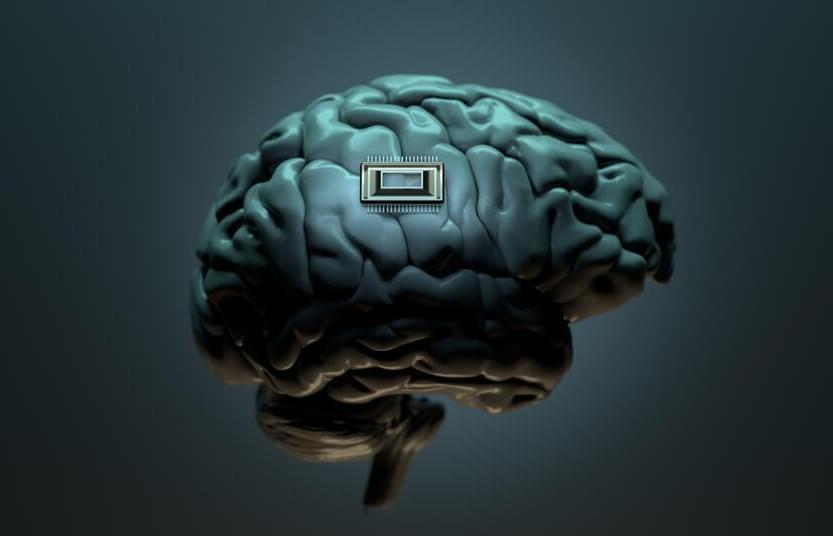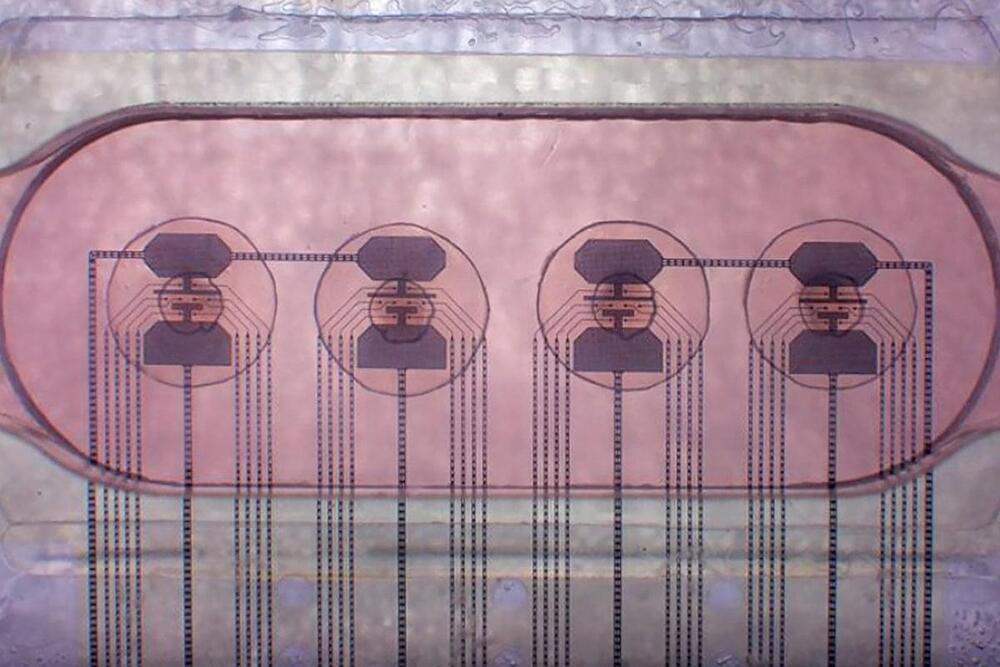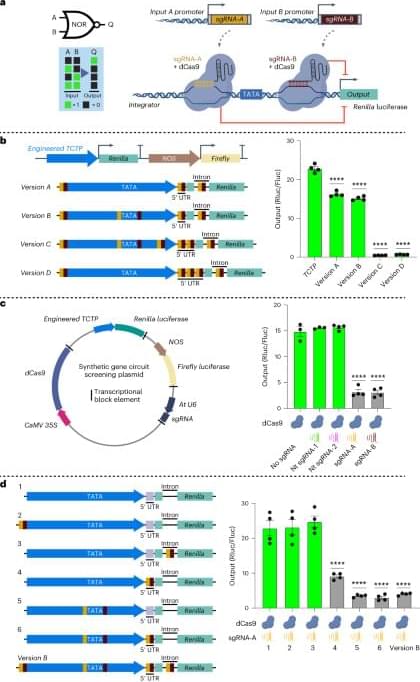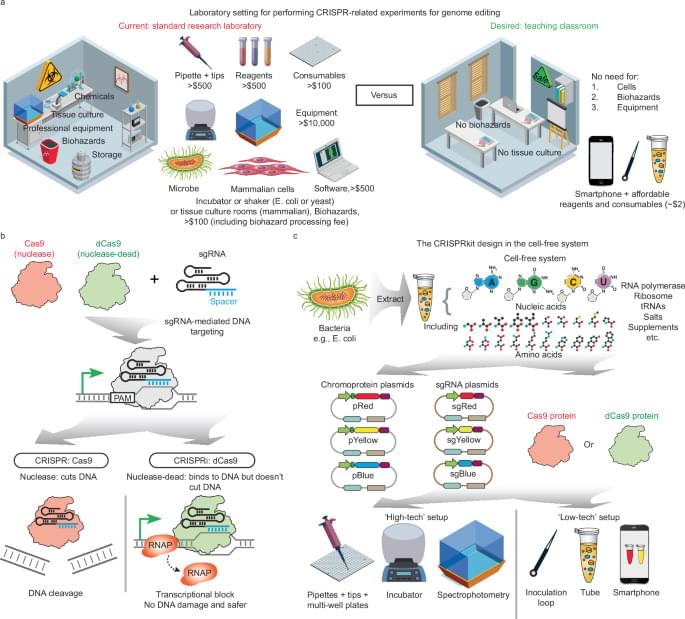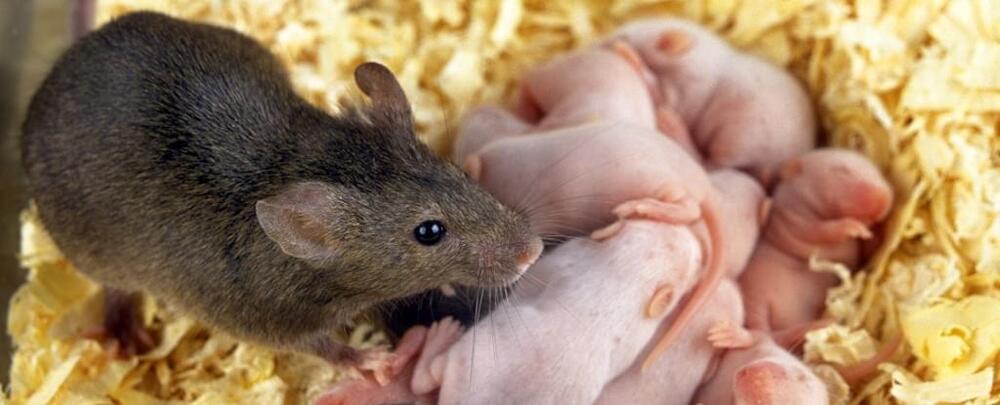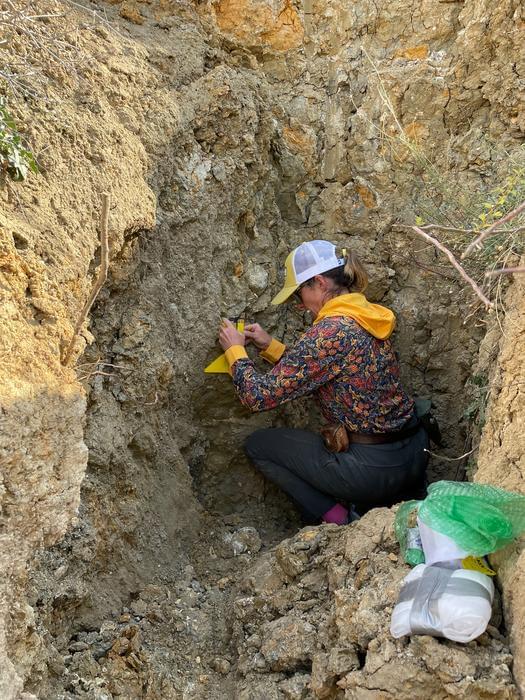
What can earthquake rupture zones teach us about earthquakes and how to predict them? This is what a five-year, $2.3 million grant awarded by the National Science Foundation’s (NSF) Frontier Research in Earth Sciences grant hopes to address as an international team of researchers have been tasked with analyzing samples obtained from the earthquake rupture zone at the Turkey-Syria border responsible for the devastating back-to-back earthquakes on February 6, 2023, that killed more than 50,000 people and registered 7.8-magnitude and 7.6-magnitude, respectively. This study holds the potential to help researchers better understand the geologic processes responsible for large-scale earthquakes and the steps we can take to mitigate damage and loss of life.
“This NSF-funded project will help us overcome limitations of previous, generalized characterizations of earthquake critical zones with more in-depth geologic data, seismic imaging studies, deformation experiments and modeling,” said Dr. Alexis Ault, who is an Associate Professor in the Department of Geosciences at Utah State University (USU), and the lead principal investigator on the project. “Combining expertise from varied engineering and geoscience disciplines, we aim to emerge with a more complete and accurate picture of earthquake critical zones in these settings.”
For the study, the researchers collected geologic samples from the Çardak-Yesilyurt Fault system that was responsible for the devastating 2023 quakes to better understand how pressure builds within the earthquake critical zone, or the region of the Earth’s crust that’s just beneath the surface. Additionally, they will compare these findings to samples obtained from the southern San Andreas fault in California from another grant to help build their data cache, as well. This research builds off a 2023 NSF-funded research trip to the region approximately six months after the devastating quakes occurred.
